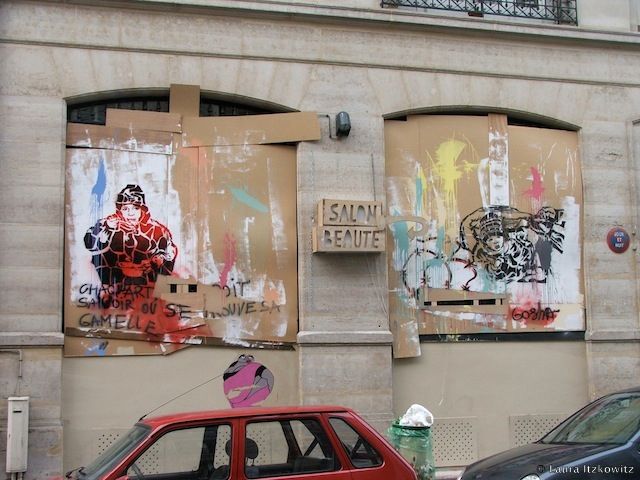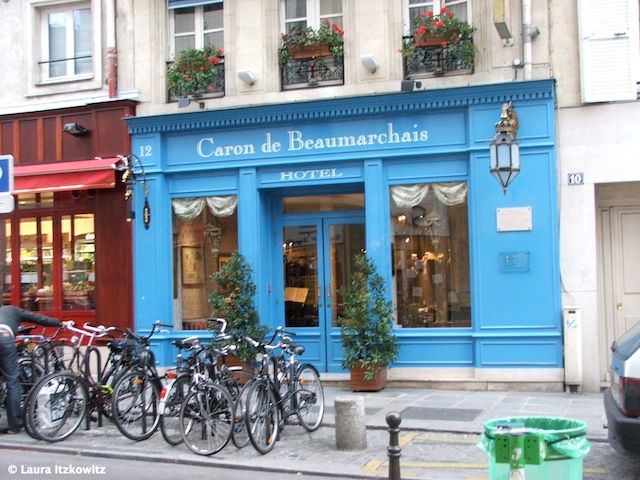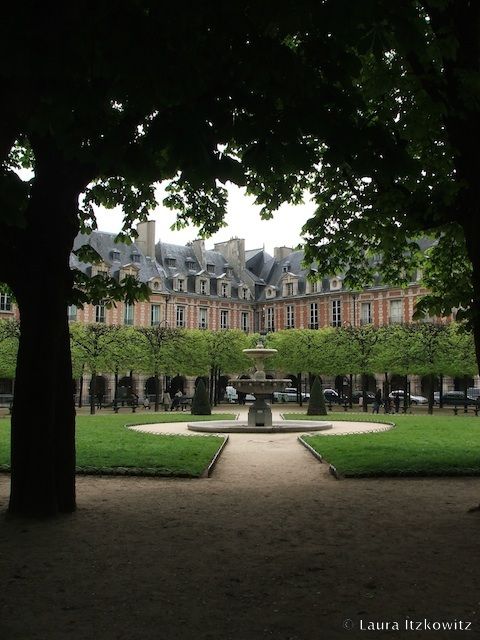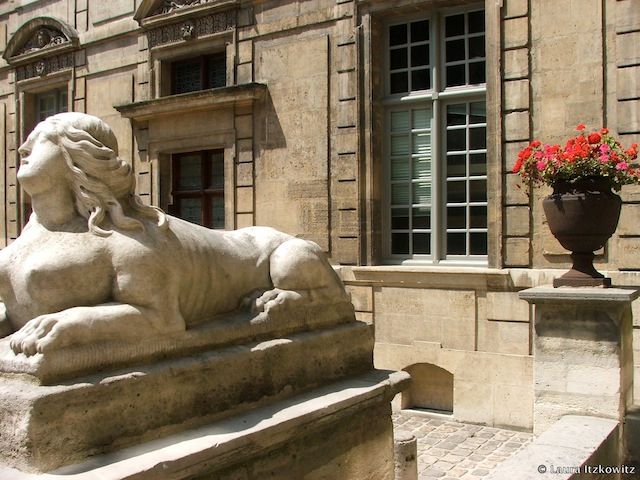Celebrate St. Patrick’s Day in NYC 2025
Discover 10 ways to celebrate St. Patrick's Day in NYC this year, from eye-opening tours to Irish treats!



When I lived in the 17th arrondisement, I used to take Metro line 1 on Sundays down to rue Saint Antoine and wander around the Marais, the trendy quartier where Orthodox Jews mixed with very stylish gay men and androgynous lesbians, among many types. I loved walking through the Marais on Sundays, where I could observe couples walking their French bulldogs as they shopped for modern home décor.
I wandered into those stores where a spoon with a handle in the shape of a branch cost eighty euros and touched everything, knowing that I would never buy anything. I took my time, leisurely strolling past the well-known salon de thé Mariage Frères, through the little streets near Les Archives and the Musée Carnavalet. For me, the Marais held the fascination of some of the oldest architecture in Paris mixed with the trendiest boutiques and bars that popped with color against the muted limestone buildings.

Indeed, the history of the Marais reveals a lot about the urban development of Paris and dates back to the establishment of the city of Paris itself. Though it is now considered to be in the center of Paris, during the seventeenth century this area formed the eastern border of the city. The French word marais literally translates to ‘swamp’ in English, and the name was particularly appropriate because of the marshy quality of the land on the banks of the Seine.
During the Middle Ages, it became an important place for many religious orders who tended the land. It could be characterized as the countryside until the age of Franà§ois I. For a long time, this area fell in and out of style due to changes in the fertility of the land and the difficulty of building on the swampy terrain. The Marais was developed slowly over the centuries, but its birth as a truly urban landscape can be dated to the age of Louis XIV.

On those Sundays I spent wandering around the Marais, I often ended up at Place des Vosges. In the spring and summertime, the square is always full of people picnicing, relaxing on the lawn and admiring the large statue of Louis XIII. In 1605, this square (formerly known as Place Royale) was commissioned by Henri IV to be a silk manufacture. The construction of the Place Royale emphasized the already important east-west axis of the city, which started at the Porte Saint Antoine, continued past the Bastille and the Place Royale and ended at the Louvre, running parallel to the Seine and following the rue Saint Antoine, which becomes the rue de Rivoli. This is the route that important processions would often take to cross the city, including the processions of foreign ambassadors, as well as the triumphal entrance of Louis XIV and Marie-Thérèse on August 26, 1660.
Despite the Fronde and the economic depression during the decade of 1640-1650, Paris saw some of the greatest architectural masterpieces of the century. Under the regency of Anne d’Autriche (1643-1651), there was a regeneration of architecture as an art, largely thanks to the Cardinal Mazarin, that left many traces in the Marais. With the expansion of Paris in the first half of the seventeenth century, we see the promotion of the hà´tel particulier, which is not a hotel as the name suggests, but a type of urban mansion for aristocrats. The term was originally reserved to designate the homes of kings and princes, but in the latter half of the seventeenth century was used to describe the architecture rather than its inhabitant. Most construction was done for financers and superintendants or ministers of finance, who were often as wealthy as the princes of France. These wealthy clients wanted the opulence of the châteaux in the urban setting of the Marais. Because these hà´tels particuliers were fully integrated into the urban landscape, the architects who designed them had to be very conscious of the constraints of space. They came up with some inventive solutions in order to maximize the livable space within the buildings while adhering to the requirements of an aristocratic dwelling.

Many of the hà´tel particuliers are still standing today. Some are private, but many function as museums or libraries that are open to the public. Read about the three most architecturally innovative hà´tels particuliers in Paris.
Get in touch with the author @lauraitzkowitz.
Subscribe to our newsletter